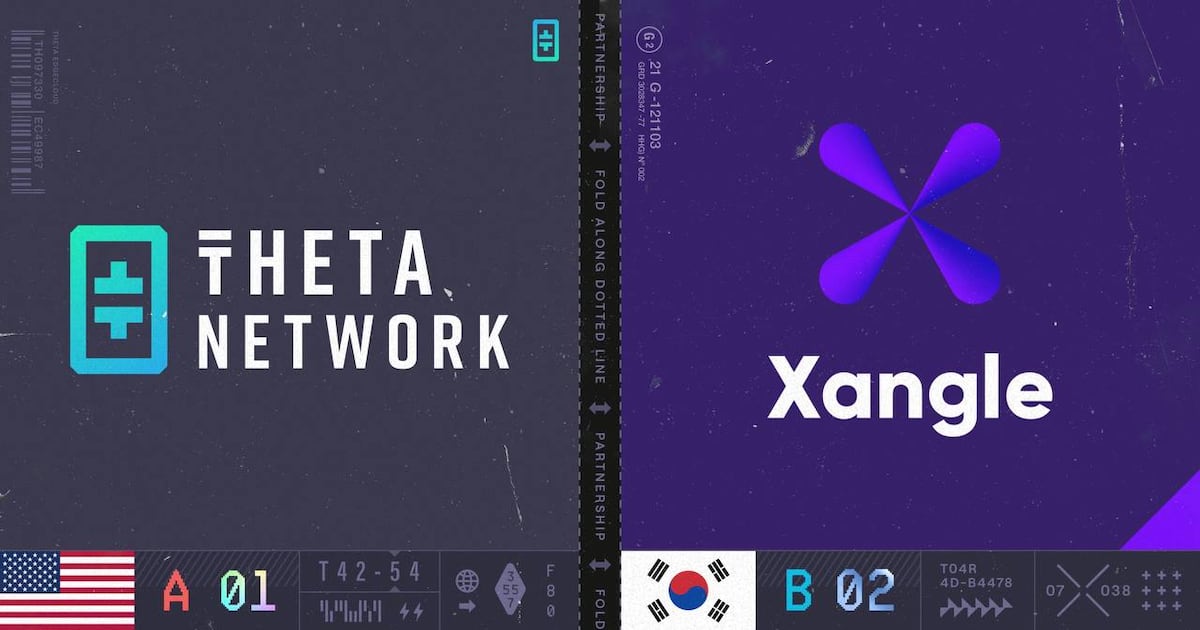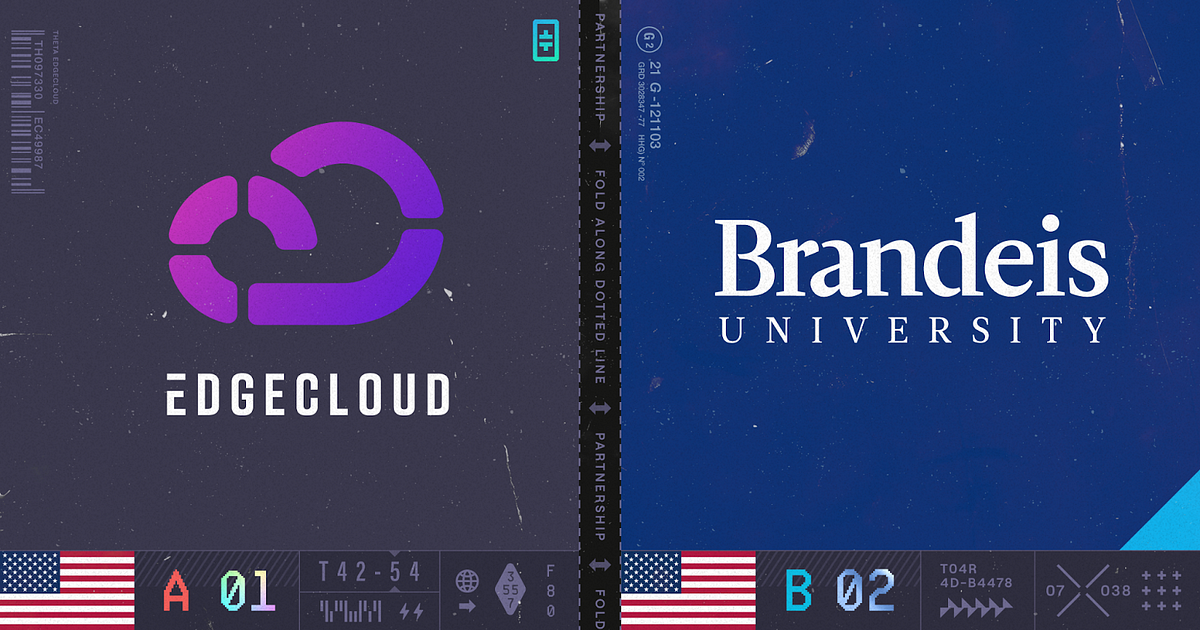The Rise of AI in Cryptocurrency: Spotlight on JetBolt and Other Innovators

The integration of artificial intelligence (AI) into the cryptocurrency market has gained significant momentum, particularly with the emergence of large language models like ChatGPT and Google Gemini. By 2025, a diverse array of projects, including established names and rising stars such as JetBolt, Near Protocol, The Graph, Arweave, and Virtuals Protocol, have carved out a niche in the AI crypto space. Among these, JetBolt (JBOLT) has made headlines with its impressive token sales, having sold nearly 330 million JBOLT tokens. This innovative altcoin offers a gas-less infrastructure and an AI-driven crypto news aggregator, effectively addressing some of the long-standing challenges faced by blockchain technology.
JetBolt’s unique approach to solving high gas fees and slow transaction speeds is through its Zero-Gas Technology, which utilizes the Skale Network for seamless on-chain interactions. This technology not only eliminates gas fees but also ensures near-instant finality for transactions, making them irreversible upon processing. Additionally, JetBolt features an AI-powered aggregation platform that curates crypto news and Web3 content, categorized by market sentiment. The platform also promotes user engagement through its Proof of Attendance and Worth (PAW) protocol, allowing users to earn staking rewards while participating in the ecosystem.
Other notable projects in the AI crypto landscape include Near Protocol, which enhances scalability through “nightshade” sharding, and The Graph, which simplifies blockchain data access for developers. Arweave focuses on permanent data storage, while Virtuals Protocol enables the management of digital assets like NFTs. As the AI and blockchain sectors continue to evolve, JetBolt and its peers are poised to lead the charge, appealing to a growing community of crypto enthusiasts eager for innovative solutions in the digital asset space.
Related News





